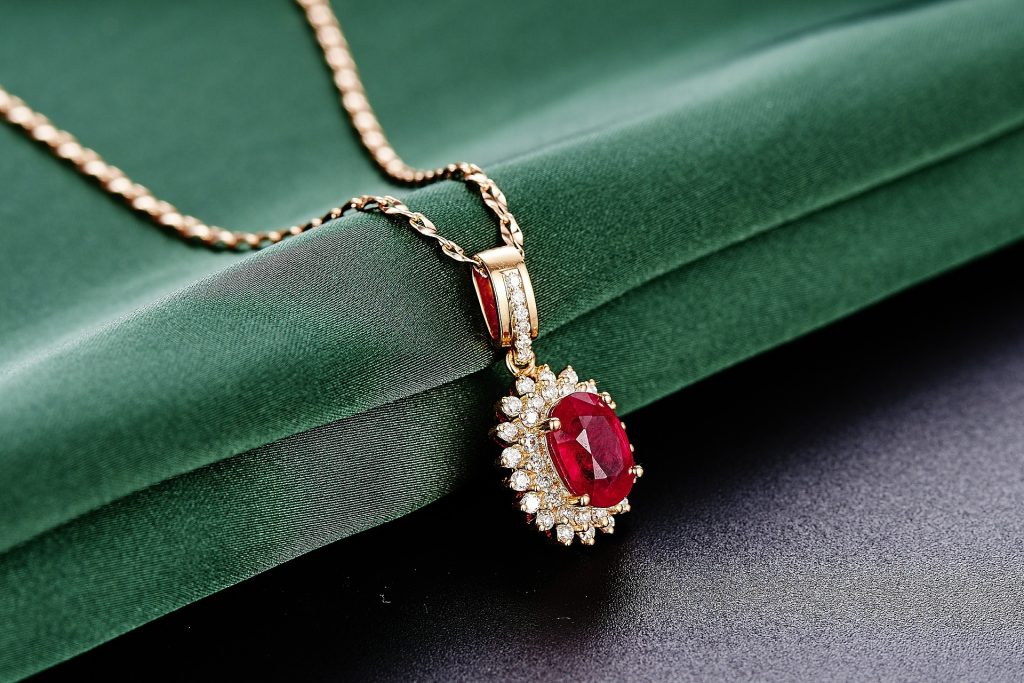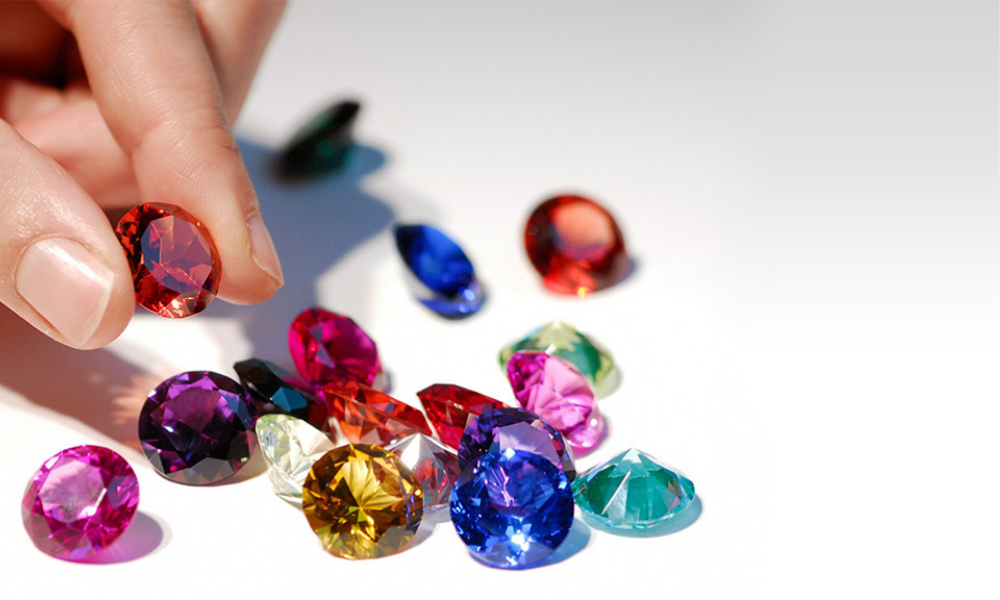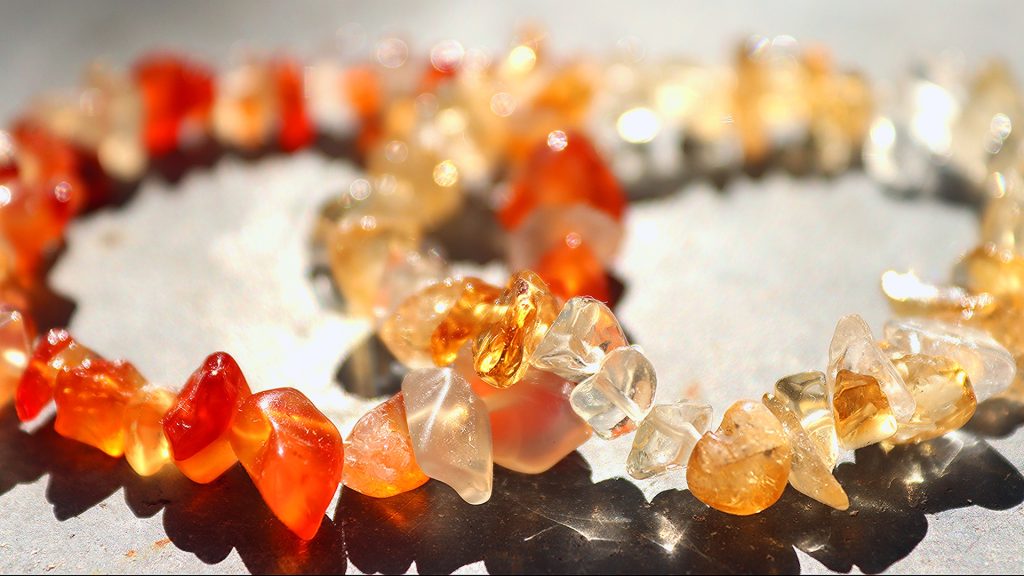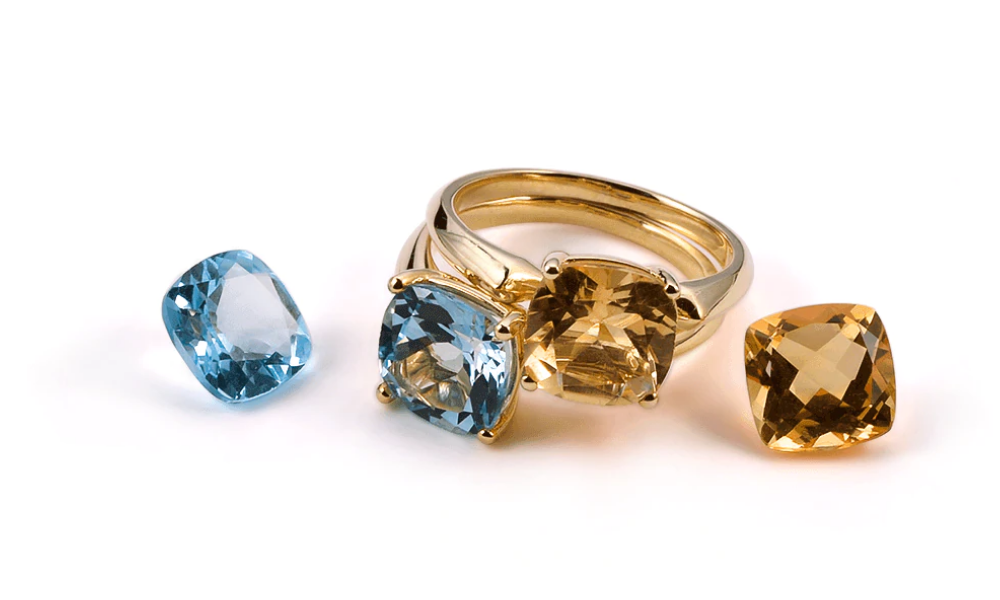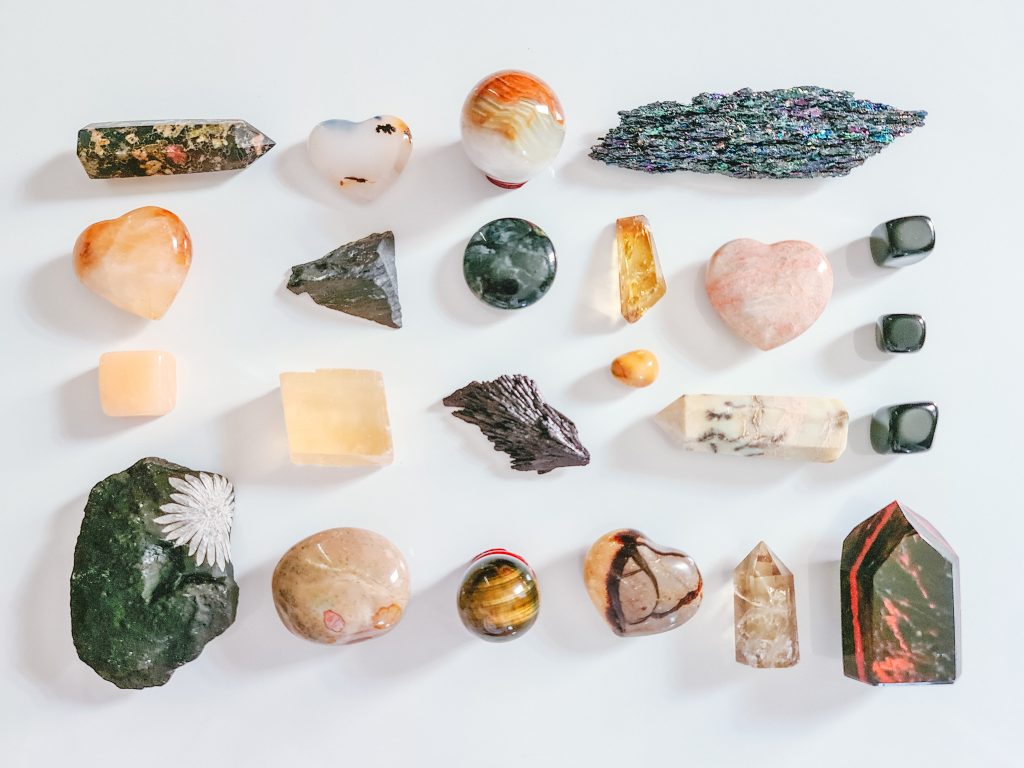When purchasing a gemstone, you may be unsure which Certification is the most appropriate. Many sellers have their Certification; however, it is good to ensure that it comes from a reliable lab. These certificates are not available to all sellers. You can also obtain a certificate from a gem laboratory on your own. It is essential to take this step to ensure that the stone you purchase is genuine and has not been tampered with. The following are some characteristics to look for in a gemstone certificate
The Swiss Gemological Institute is a non-profit organization dedicated to the study of gemstones. The Swiss Gemological Institute, although younger than the other European laboratories, remains a highly reputable institution with an excellent reputation and up-to-date equipment despite its relatively recent inception. Beyond being one of the most reputable gem labs globally, the DSEF has an extensive database and has been operating since 1969, making it a valuable resource. The Swiss Gemological Institute also focuses on the latest treatments and techniques in the field of gemstones. Whatever you decide, consult with people in the industry who you respect and who you can put your trust.
To obtain the highest-quality diamond, it is highly recommended to use the GRS certification. The lab was one of the first to use trade names to facilitate the exchange of gemstones among people who did not thoroughly understand color theory. In addition to stating color saturation and including a view of the gemstone’s origin, a GRS certificate will include valuable information to dealers and traders. American gemological laboratories have been in operation for a long time. They were the first in the country to issue a certificate indicating the country of origin of a gemstone. The Gemological Institute of America (GIA) is an independent and trustworthy gemological laboratory that takes an unbiased approach to its work.

Which Certification Is Best For Gemstones?
The certificates issued by the Gemological Institute of America, also known as the GIA, are also highly regarded because the GIA is the largest and most trusted gemological laboratory in the world. The International Diamond Grading Standards established by the Gemological Institute of America (GIA) are recognized worldwide because they are consistent and reliable.
Gemstone certification is essential in protecting yourself from being duped by fake gemstones. Legitimate dealers have developed methods of researching and examining gemstones to verify their authenticity. It is possible to trace the origins of your gemstone and keep track of its quality with the help of a certificate. The certificate will also tell you whether the product is natural or synthetic and whether it has been heated or otherwise altered in any way. The Certification will also tell you whether a gem is a high-end luxury item or a low-cost imitation item.
An established gem laboratory is a good choice if you’re unsure which Certification is best for you. Its accreditation is a good indication of its high quality but beware of counterfeits. Make sure to seek advice from people who are well-known in the industry. Also available is the ability to check on the credibility of the certifying agency and its employees. . You can use the Gemological Institute of America (GIA) to compare gems from different brands. In some instances, GIA reports are required to obtain a GIA certificate.
Gemstone
A gemstone (also known as a fine gem, jewel, precious stone, or semiprecious stone) is a cut and polished piece of mineral crystal used to make jeweler or other adornments. However, certain rocks (such as lapis lazuli and opal) and organic materials that aren’t minerals (such as amber, jet, and pearl) are also used by jewelers and are thus considered gemstones. Although most gemstones are hard, some soft minerals are used by jewelers because of their luster or other aesthetic properties. Other characteristics that add value to gemstones include rarity and notoriety.
Apart from the jeweler, engraved gems and intricate stone carvings, such as cups, have been primary luxury art forms since antiquity. A lapidary or gem cutter creates gems, while a diamantine creates diamonds.
Value Of Gemstones
There is no universal grading system for gems. The GIA developed a system for grading diamonds in the early 1950s. Historically, all gems were graded by sight, and the GIA system introduced 10x magnification as the standard for grading clarity. Others are still graded by eye (assuming 20/20 vision).
The “four Cs” (color, cut, clarity, and carats) are a mnemonic device used to describe diamond grading factors.
. Can modify these categories to help understand gemstone grading. The four criteria have varying weights when applied to colored gemstones or colorless diamonds. The cut of a diamond determines its value, followed by clarity and color. The ideal diamond will sparkle, disperse light into rainbow colors (scintillation), and deliver it to the eye (brilliance). In its raw crystalline form, a diamond cannot do any of these things; it must be “cut” to do so. Colored gemstones, including colored diamonds, are graded on their purity and beauty.
Color, clarity (emeralds always have inclusions), cut, unusual optical phenomena within the stone such as color zoning (uneven distribution of coloring within a gem), and Astoria are all physical characteristics that make a colored stone valuable (star effects). The Greeks regarded asteria gemstones as powerful love charms, and Helen of Troy is said to have worn star-corundum.
Aside from the diamond, ruby, sapphire, and emerald, the pearl (not a gemstone) and opal have also been deemed valuable. Until the 19th century, when bulk amethyst was discovered in Brazil, it was also a “precious stone” in ancient Greece. A century ago, aquamarine, period, and cat’s eye (cymophanous) were popular and valuable stones.
The gemstone trade is no longer distinguished. The jeweler comprises many gemstones, depending on the designer, fashion trends, and market supply. De facto emeralds and rubies have an unmatched reputation among other gemstones.
Rare or unusual gemstones include andalusite, axinite, cassiterite, clinohumite, and red beryl.
The quality of the stone determines the price and value of the gem. Clarity, rarity, defect-freeness, beauty, and demand are some of these characteristics. Colored gemstones and diamonds have different pricing influencers. Colored stones are priced by supply and demand, but diamonds are more complex. Diamond value varies depending on location, time, and vendor evaluations.
Certifications From The Most Prestigious Organizations To Ensure The Authenticity Of Gemstones
Brahma Gems was published on June 5, 2021.
A gemstone certificate is a document that assesses the quality of gemstones based on several different parameters. It is issued by gemological laboratories that have been licensed. While some certificates only verify authenticity and weight, others (for example, diamond certificates) can specify color and clarity grades, among other things.
When inspecting or measuring minor details of the gem before Certification, a gemstone expert produces a detailed report based on their inspection findings.
What Is The Significance Of Gemstone Certificates?
What is the significance of gemstone certification, on the other hand? A significant reason for this is the large number of counterfeit or synthetic gemstones sold to unsuspecting customers. As a result, Certification is used to prevent such fraudulent practices from occurring in the future and defrauding the general public. The legitimate gemstone dealers who sell certified gemstones online and offline have discovered a way, through the help of an institute, to research or examine various aspects of a gemstone to ensure its authenticity. These aspects may include color, shape, clarity, treatment, etc.
Another advantage of Certification is that it is more credible. It can assist you in keeping track of your astrological gemstones if they are misplaced or stolen.
What Exactly Is Included In Gemstone Certification?
The information on gemstone certification includes a variety of factors such as:
Whether the gemstone is genuine, synthetic, or fake.
Whether the gemstone has been treated and heated or has not been treated and has not been heated.
The quality of the gemstone’s color in terms of its hue.
Carat weight refers to the weight of the gemstone in carats.
A variety of gemstone cuts are available.
The gemstone has a distinct gravitational pull.
The refractive index of the gem.
The hardness of the gem on the Mohs scale.
In a detailed report, you may also be able to identify inclusions that can aid you in determining the country of origin of the gemstone.
Depending on the stone in question, an inspection report may include both an internal and external blueprint of the stone’s characteristics.
Alternatively, in the case of colored stones, a blueprint may not be present, and instead, May use an image of the colored stone in its place.
How Do You Check The Authenticity Of A Gemstone Certificate?
To check for authenticity with GIA, go to GIA Report Check and enter the Report number from your certificate. For AGS certification, go to the website and enter the AGS number from the report to verify its authenticity.
Every certificate includes a method for verifying authenticity; you can always look up the process on the internet if you need to. If you want to buy certified gemstones online, you can go to Brahma Gems.
When buying astrological gemstones, a certificate can give you extra peace of mind and provide some transparency. Consequently, you should insist on a third-party certification rather than a seller’s warranty or a gemstone authentication letter, whether you buy gemstones online or in person. If you trust a reputable seller like Brahma Gems, you’ll always get certified online and offline gemstones.
Should You Buy A Colored Gemstone If It Doesn’t Come With An Application?
The safest course of action is always to request a certificate. This, however, may not always be possible due to practical considerations. Depending on current pricing, a certificate for a single gemstone from a well-known organization can cost upwards of $80 if purchased from an established source. Suppose you purchase a $10,000 blue sapphire. The $50 additional cost to obtain a certificate is well worth it (primarily if the certificate is issued by an independent authority such as the Gemological Institute of America). For example, if you are purchasing a $75 ring, the cost of the certificate could potentially outweigh the value of the stone you purchase.
Conclusion
You should also consider GSI certification in addition to GIA certificates. A third party provides this Certification, and it should be issued by a third-party organization that is unrelated to the seller. The GIA certificate is more valuable and usually lasts a few years, whereas the GSI certificate is only suitable for a few months. The new grading authority is the GSI. Although they aren’t as reliable as the GIA, you can obtain a certificate through a partnership with a significant gem dealer. The GSI has a lot of issues with grading accuracy.
There are a variety of certifications available. Any stone analyzed and graded by a reputable lab can be certified. If you know where to look, you won’t need to spend money on the certificate. When purchasing a gemstone, it is critical to inspect its quality. Always look for the GSI certificate if you’re buying a gemstone.


